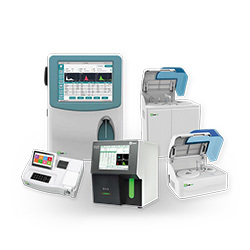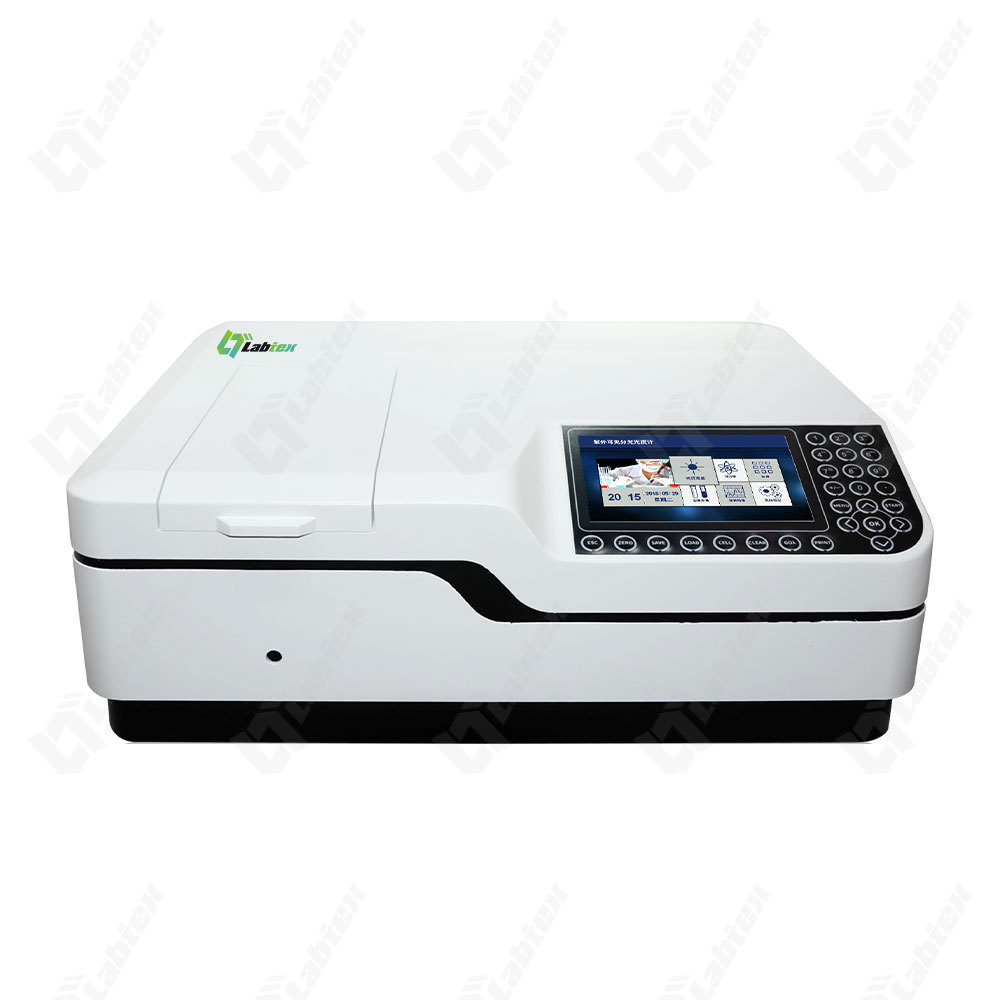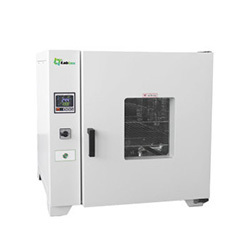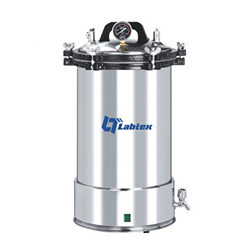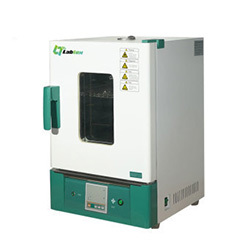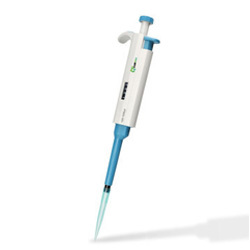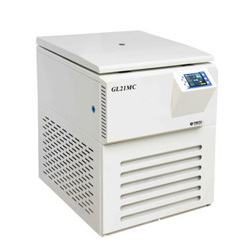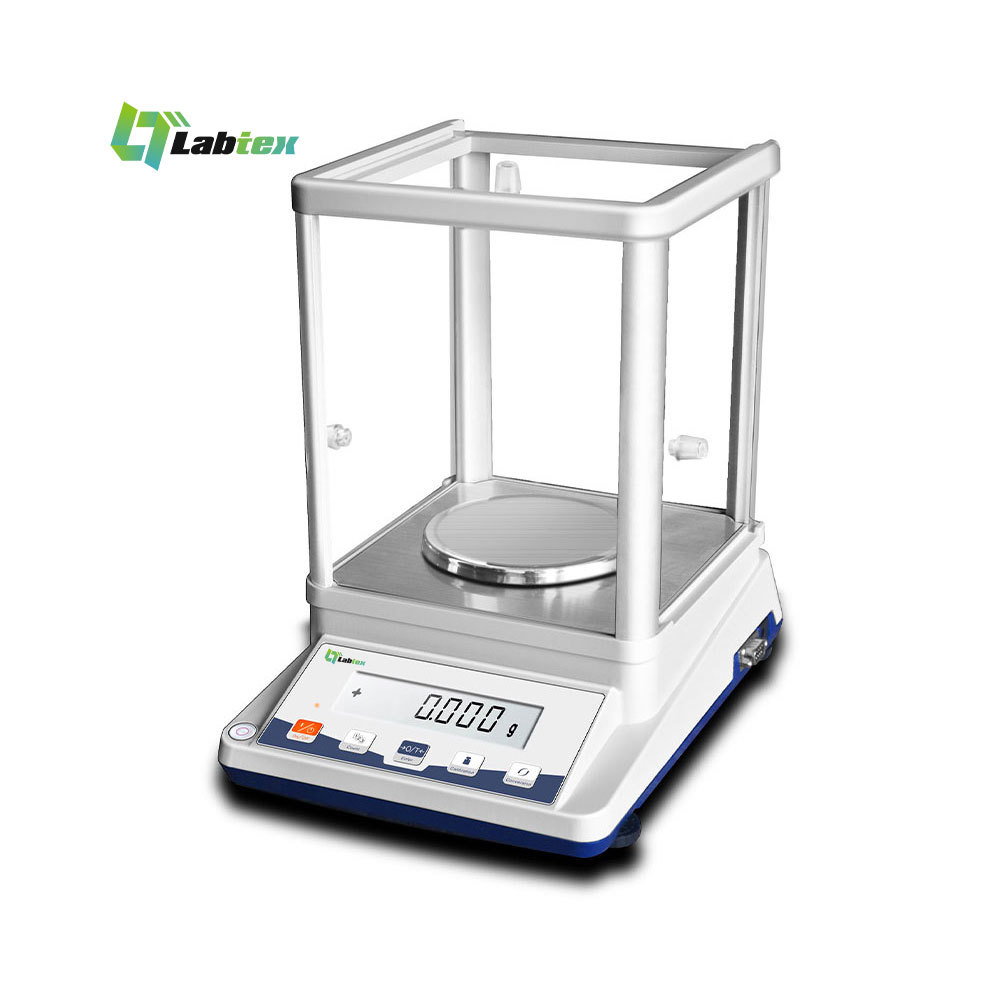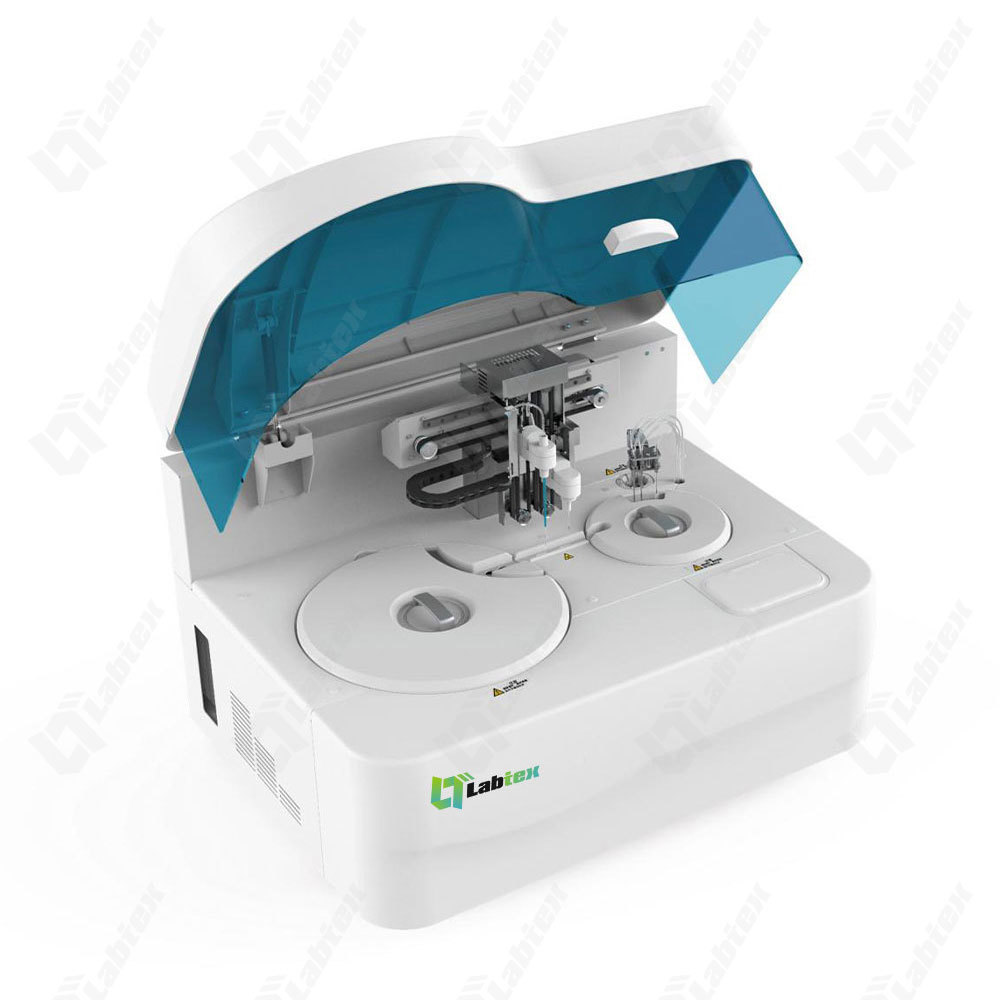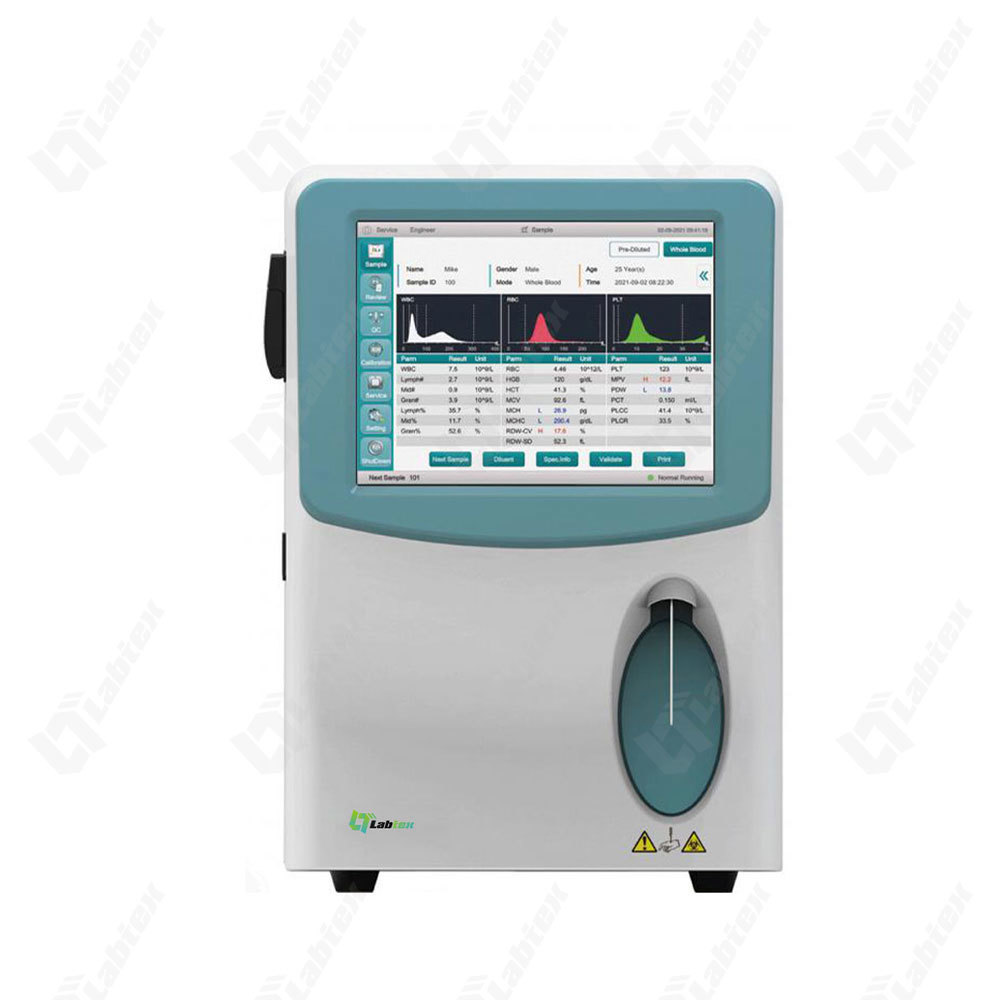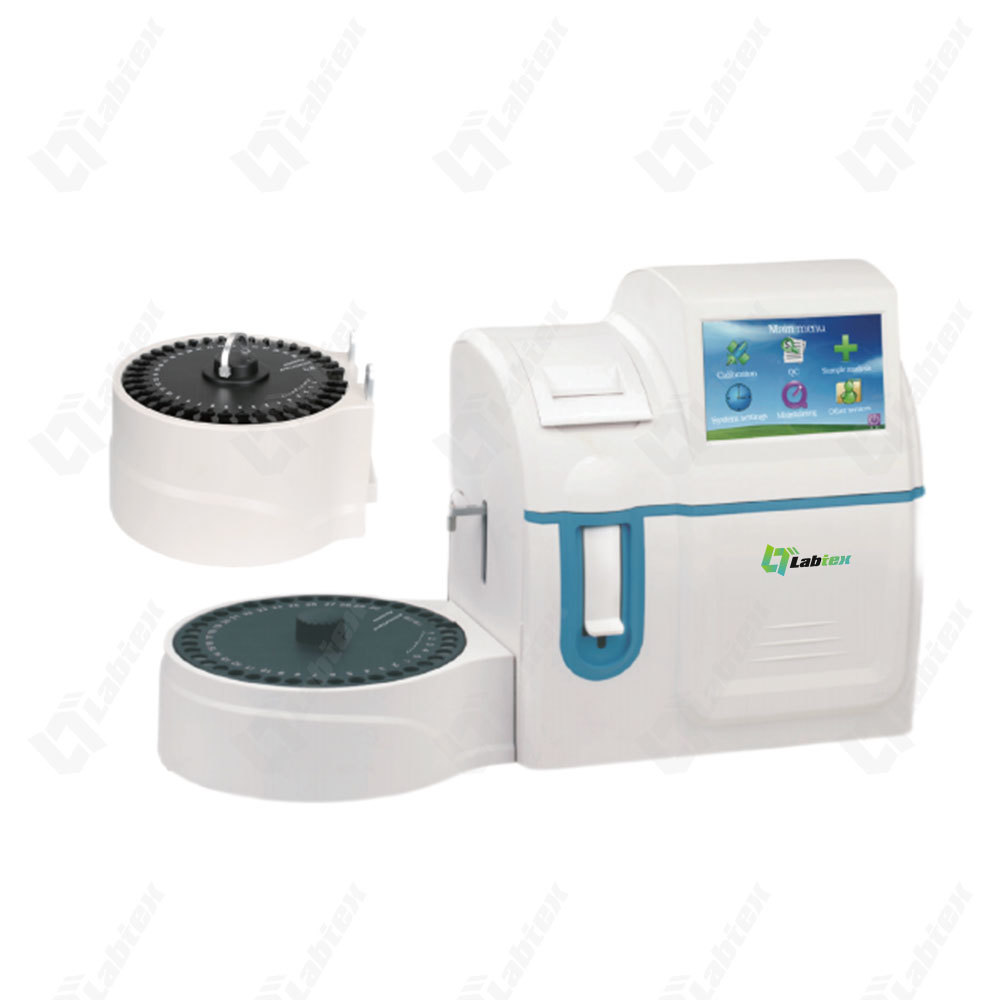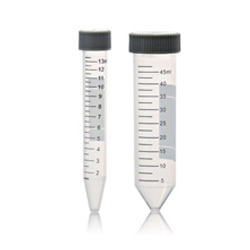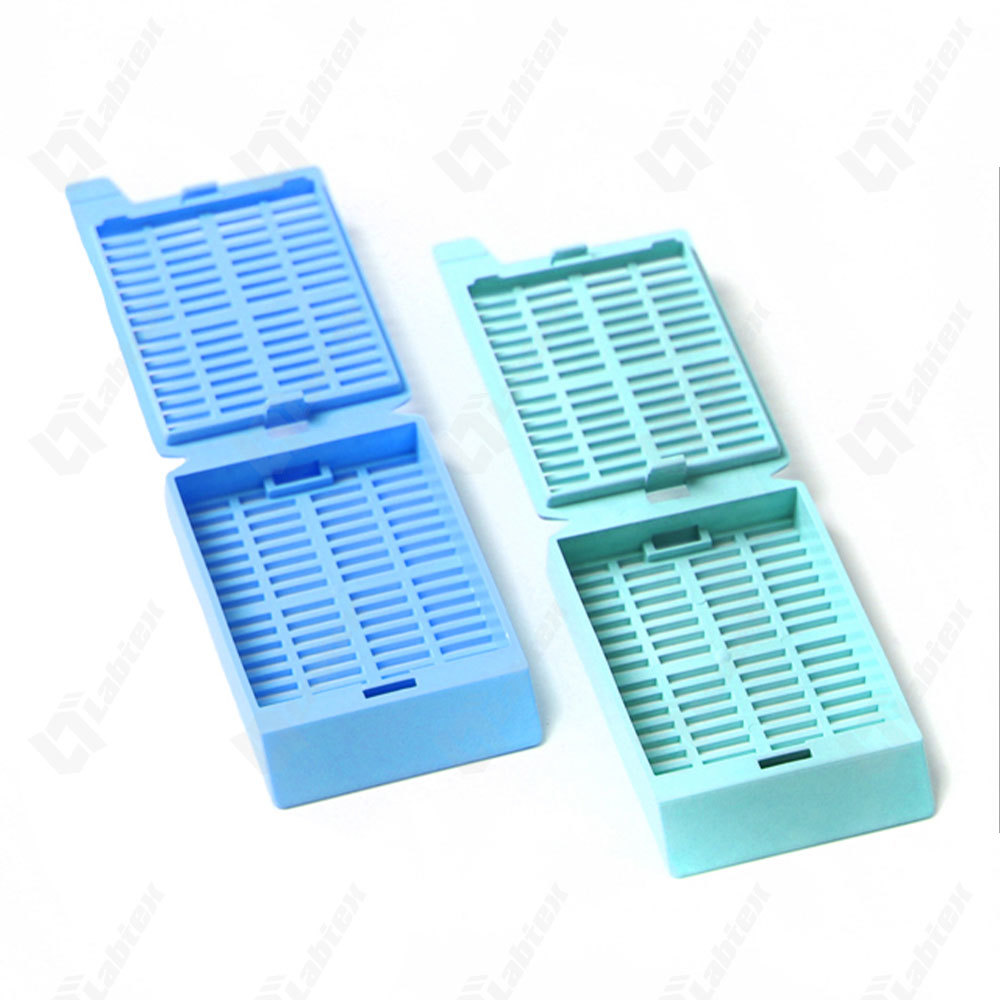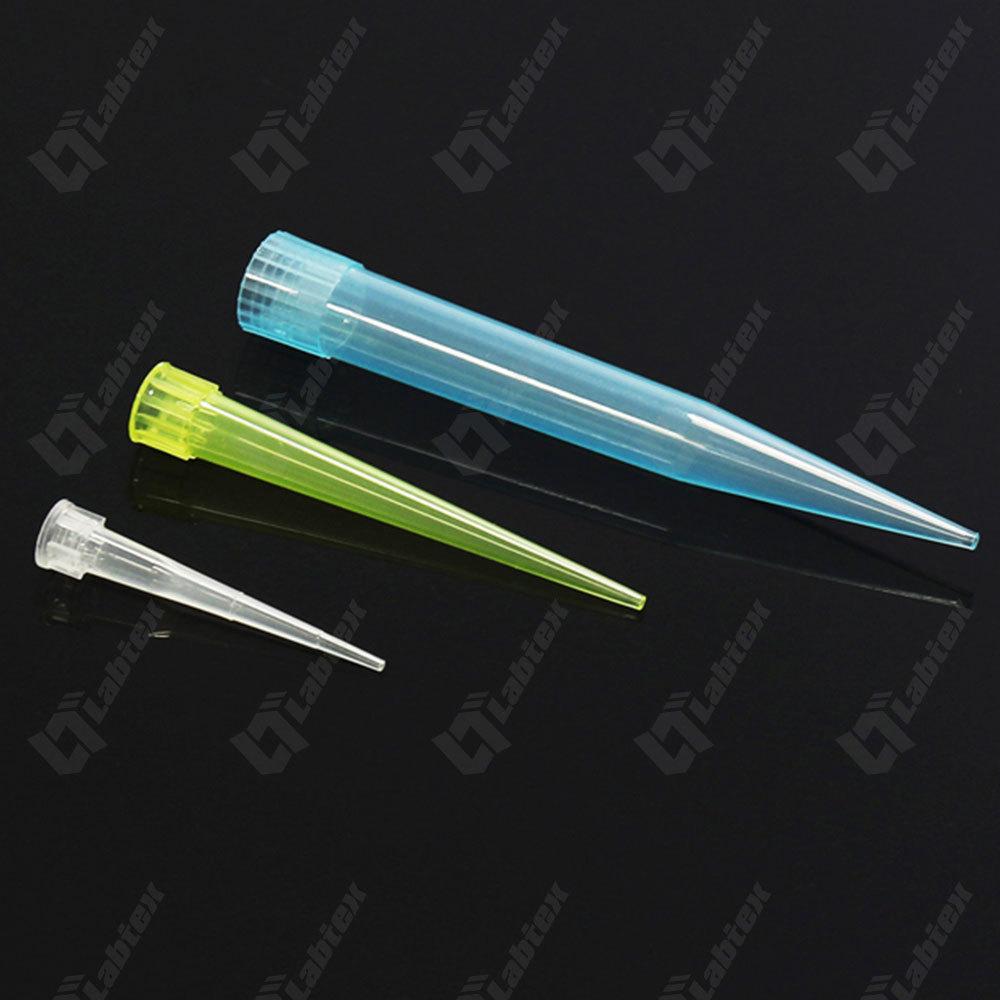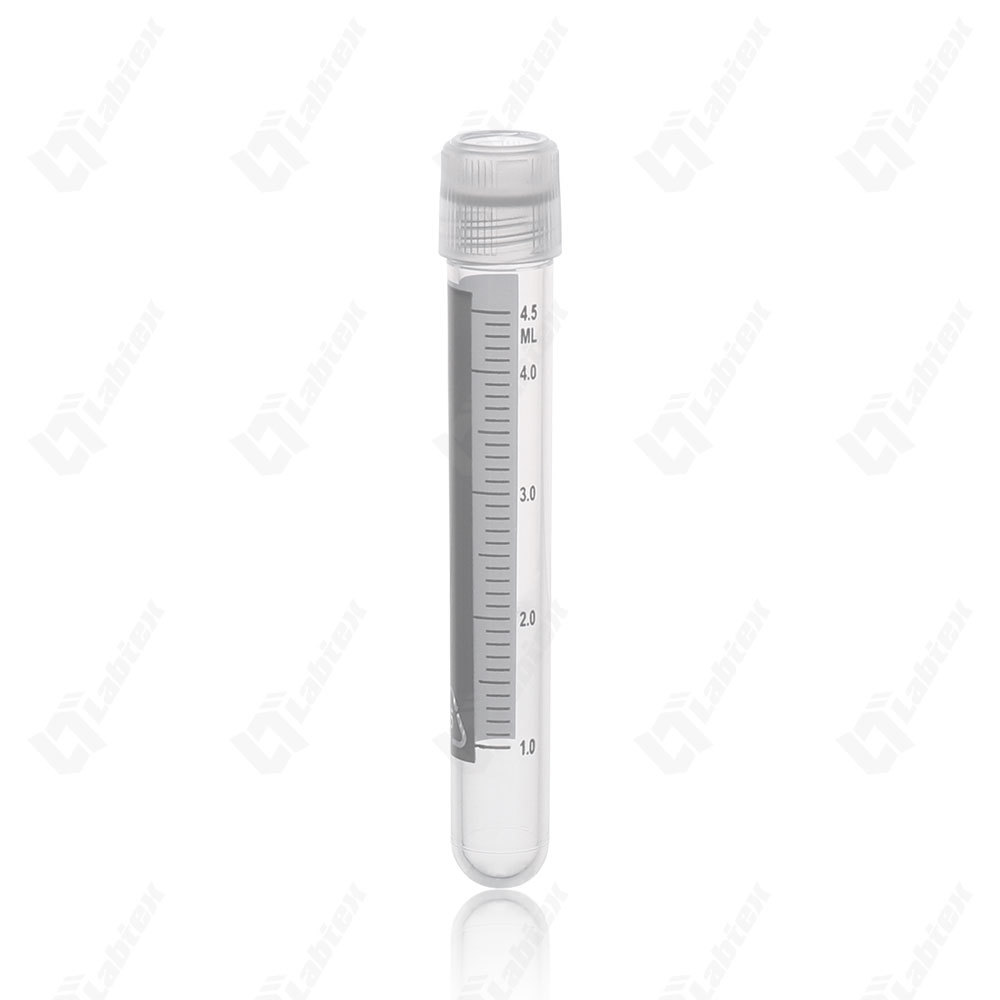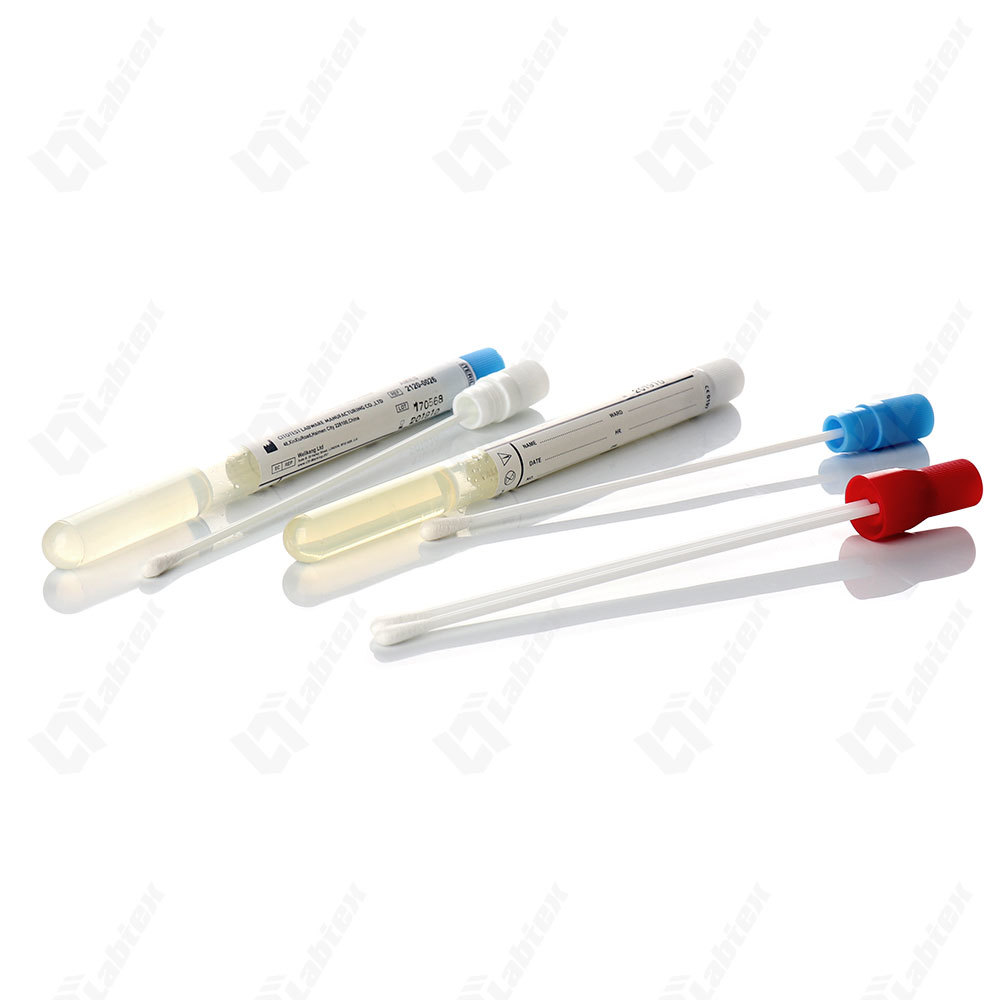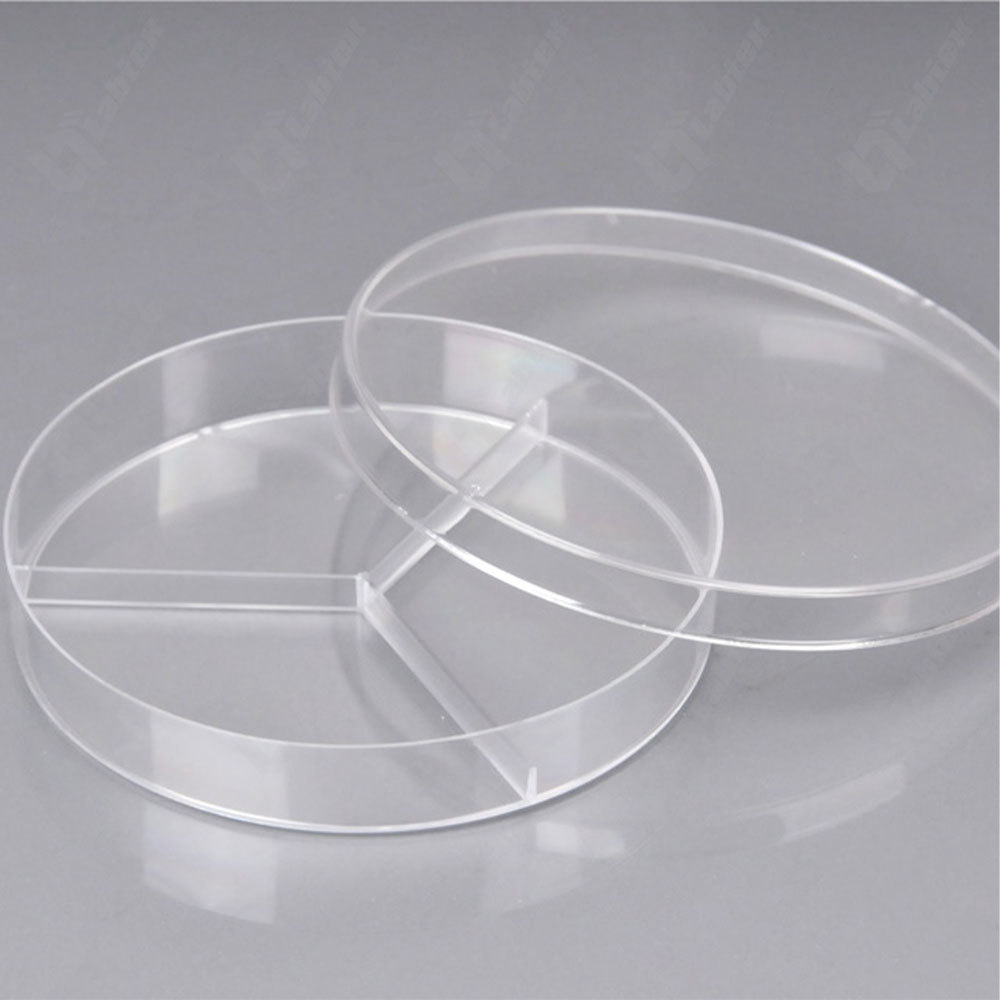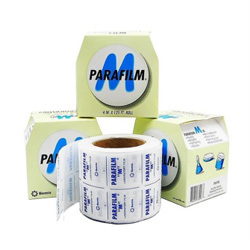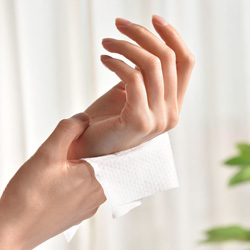Welcome to the official website of Labtex Biotech China Co., Ltd.
Tel: +8615666779750 Email: info@labtex.cn
How the sterilizer works
heat sterilization
Heat sterilization is the use of high temperature to coagulate or denature bacterial proteins, inactivate enzymes, cause metabolic disorders, and cause bacterial death. Heat sterilization includes moist heat sterilization and dry heat sterilization. Damp heat can coagulate and deform bacterial proteins; dry heat can oxidize, denature, carbonize bacterial proteins and concentrate electrolytes, causing cell death. Thermal sterilization is convenient, effective and non-toxic, and it is the main sterilization method used in hospital disinfection supply centers. Pressure steam sterilization is the preferred method of sterilization for moisture- and heat-resistant medical devices.
Pressure steam sterilization adopts damp heat sterilization method. At the same temperature, damp heat has a better sterilization effect than dry heat for the following reasons:
1.
The temperature required for protein coagulation is related to its water content, the greater the water content, the lower the temperature required for coagulation to occur. The bacterial protein in moist heat sterilization can absorb water, so it is easier to coagulate than in dry hot air at the same temperature.
2.
During the moist heat sterilization process, the steam releases a large amount of latent heat, which further increases the temperature. At the same temperature, the time required for moist heat sterilization is shorter than that of dry heat.
3.
The penetrating power of hot and humid air is stronger than that of dry hot air, so damp heat is more effective than dry heat. High-pressure steam can kill all microorganisms, even bacteria spores, fungal spores and other high-temperature-resistant individuals. The steam temperature for sterilization increases with the increase of steam pressure. By increasing the steam pressure, the sterilization time can be greatly shortened. Therefore it is one of the most effective and widely used sterilization methods.
low temperature sterilization
The low-temperature sterilization method is a method of killing pathogenic microorganisms by using chemical sterilizers. When chemical agents are sterilized, they require a lower temperature, which is usually called a low-temperature sterilization method or a chemical sterilization method. The chemical disinfectants used in low-temperature sterilization can kill all microorganisms and reach the guaranteed level of sterilization. Such chemical agents with sterilizing effects include formaldehyde, glutaraldehyde, ethylene oxide, peracetic acid, etc. Chemical sterilization is used to sterilize instruments that cannot withstand high temperature and humid heat.
Commonly used low-temperature sterilization methods include hydrogen peroxide plasma low-temperature sterilization, ethylene oxide sterilization, and low-temperature formaldehyde steam sterilization.
1. Hydrogen peroxide plasma low temperature sterilization
The items are sterilized after the hydrogen peroxide liquid is dispersed into a gas state, and the second stage of sterilization is carried out through the generated plasma. The plasma process also accelerates and completely decomposes hydrogen peroxide gas residues on instruments and packaging materials. The plasma sterilization method is characterized by rapid action, reliable sterilization, low action temperature, clean and non-toxic residue. Applicable to endoscopes, non-heat-resistant equipment, various metal instruments, glass and other items; can absorb moisture and gas.
2. Ethylene Oxide Sterilization
Ethylene oxide is a colorless gas with an odor similar to ether, and is odorless at low concentrations. It has strong penetrating power and can penetrate cellophane, polyethylene or polyvinyl chloride film, etc., and has a non-specific alkylation effect on the protein, DNA, and RNA of microorganisms, causing them to lose the basic reactive groups of metabolism and be killed. It has strong sterilizing power, wide killing spectrum, reliable sterilizing effect, and less damage to sterilized items.
Related News
2023-05-18

